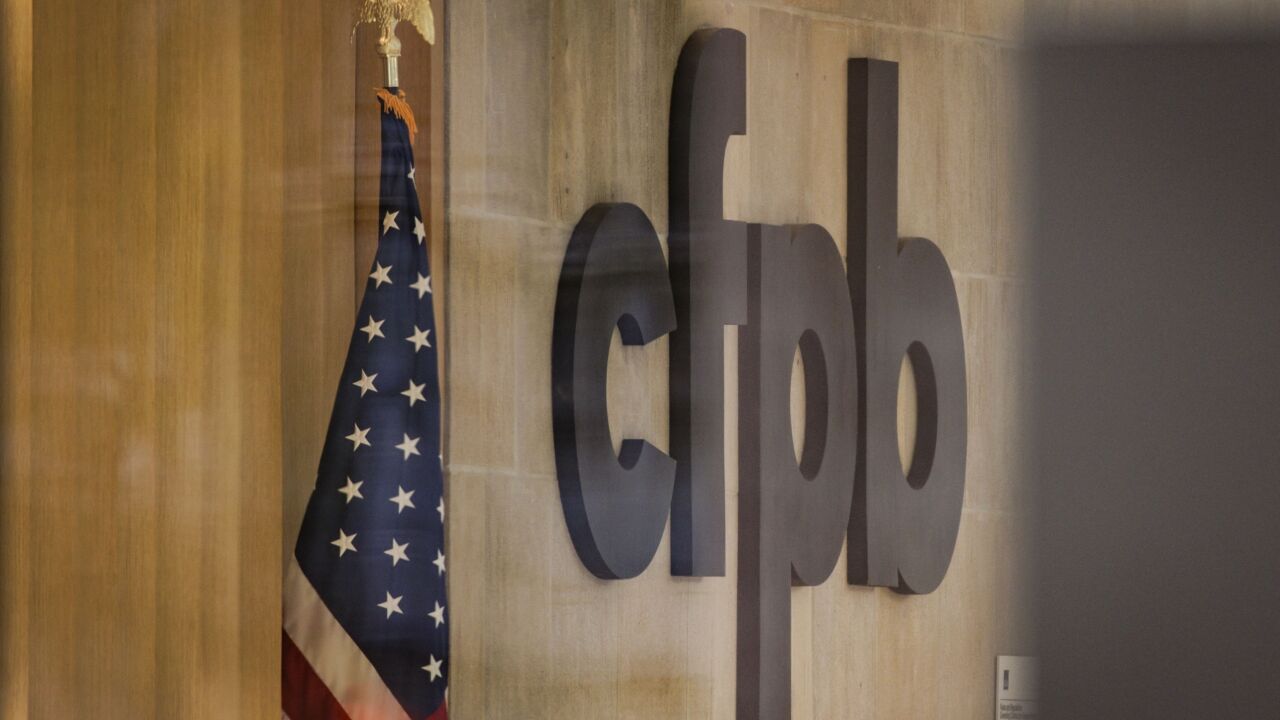Merchants who customize their offering to better serve the customer tend to perform best. To strategize electronic wallets properly, businesses need to know the differences in the types of wallets to counter Amazon.
Mobile-first wallets, like Apple Pay and Google Pay, are those that were originally designed for mobile browser and in-app purchases. Customers can add their favorite credit or debit cards to these wallets and pay using whichever one they choose.
Payment is quick and easy—boiled down to a single click and identity confirmation. It is important to note, however, their reliance on biometrics for security. Shoppers using these digital wallets to make a purchase on a laptop or desktop will usually still need to scan their fingerprint on a phone or watch that syncs with the computer, adding an extra step to the process.

Other mobile wallets, like Visa Checkout, W3C Web payments and Masterpass, were first designed for the browser checkout experience regardless of device (laptop, desktop or smartphone).
They also reduce the steps involved in checkout, shortening the process to just a few clicks. Because they don’t rely on a mobile device for biometric identity verification, however, the checkout experience is equally frictionless whether shopping on a desktop or a mobile phone. Similar to mobile-first wallets, customers can load any credit card regardless of brand.
Some e-wallets, like PayPal and Alipay, offer users the ability to keep a balance of funds stored in the mobile wallet itself, unattached to a credit or debit card. They can also link the e-wallet to any preferred credit or debit card as well. So, when customers make a purchase, they can either use available funds from their PayPal or Alipay account, or use a linked card. This mobile payment method also shortens the payment process, reducing mobile checkout to just a single click.
Convenient e-wallets are increasingly becoming a payment method of choice. In fact,
This is the second of two parts on Dangelmaier's commentary on e-wallets and merchant adoption.





